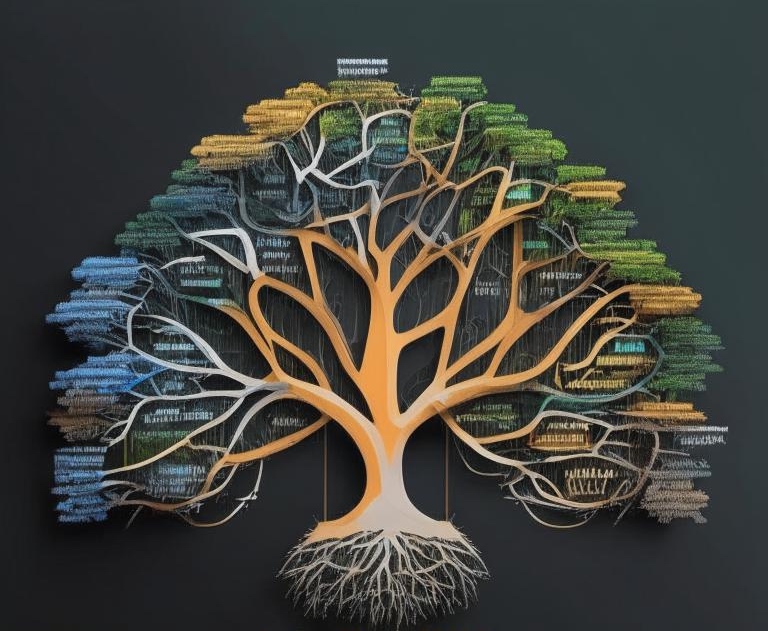Understanding Facts
by Oleg Sovetnik
In our study, facts are not viewed as objective data existing independently of context but as statements shaped by the conceptual schemas and interpretative frameworks in use. The theory of facts posits that a fact is a statement about a phenomenon that is only true within the context of a specific system of concepts and a theoretical model. We will examine how facts are constructed through the interpretation of subjects (rather than objects) in terms of predicates and mediators, placed in a conceptual context.
Fact as Interpretation Within a Conceptual Schema
A fact is not an independent truth that exists outside of context but rather the result of interpreting and conceptualizing a subject within a particular theoretical system. Every fact follows this structure:
- Subject — the entity being interpreted, which is the focus of attention.
- Predicate — the characteristic or statement attributed to the subject.
- Mediator — the method of interpreting the subject and linking it to the predicate.
- Context (conceptual schema) — the theoretical system within which the mediator and predicate acquire meaning.
A fact is a statement like “X is Y,” where X (the subject) receives the characteristic Y (the predicate) through the mediator within the context of a conceptual schema. For example, in programming, the statement “The user is active” is only a fact within a specific system that includes a definition of activity and a method for verification — a mediator such as a function checking timestamp logs.
The Role of Conceptual Schemas in Fact Formation
The formation of facts always depends on the conceptual frameworks that provide the context for interpretation. In both programming and sociology, conceptual schemas play a critical role in determining what is considered a fact:
- In programming, a fact is a system characteristic derived from specific methods and models. For instance, “the user is active” depends on how we define activity (e.g., frequency of visits, user actions) and what tools (mediators) are used to measure it.
- In sociology, a fact is formed based on a social theory that sets certain boundaries for analysis. For example, theories of interaction define how everyday social norms, such as behavior in public spaces, are understood.
Thus, the same subject may be interpreted differently depending on the theoretical context, emphasizing the relativity of facts.
Mediators in Programming and Sociology
A mediator is a key element that links the subject and predicate within a conceptual schema. It varies by discipline:
- In programming, the mediator might be an algorithm, function, or data structure that provides the interpretation of system properties. For example, a user’s activity is checked through a function analyzing login timestamps.
- In sociology, the mediator can be social norms, rituals, or frames that shape the understanding of behavior in various situations. For example, the mediator in public spaces might be a social interaction frame that prescribes certain forms of behavior.
Mediators serve as mechanisms of interpretation, connecting the subject and predicate, shaping how facts are formulated within a particular schema.
Example from Sociology and Programming
To illustrate, consider a sociological fact: “Strangers do not talk in an elevator.” This statement is a fact only in the context of frame theory, where the public space of an elevator does not imply interactions between strangers. However, in a store, the same person might greet a consultant because that space expects a certain type of interaction. In this case, the mediator is the frame of social norms for various situations, and the conceptual schema is the accepted rules of behavior in public spaces.
In programming, a similar example can be seen with user activity. The fact “the user is active” can only be established in the context of a specific model of interpretation, where activity is defined as at least two visits in the past week. The function that checks login timestamps acts as the mediator, while the conceptual schema is the activity model defining user activity criteria.
Facts, as understood in this study, are interpretative statements dependent on conceptual schemas. These schemas form the context in which subjects receive their predicates through mediators. Thus, a fact is not an objective truth but depends on the chosen theoretical framework and methods of interpretation.
sociology theory fact research
